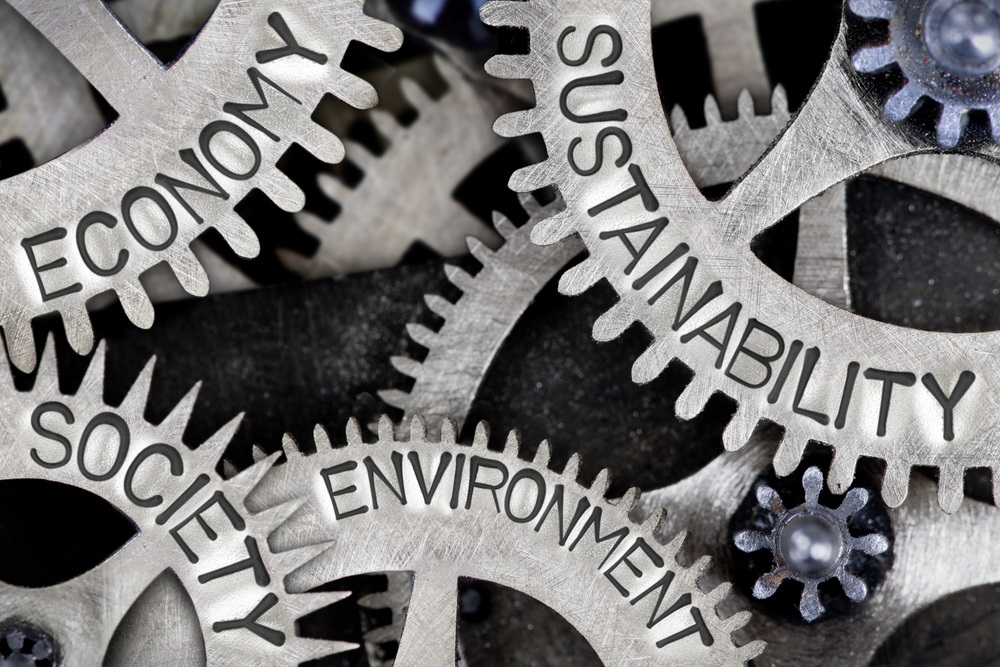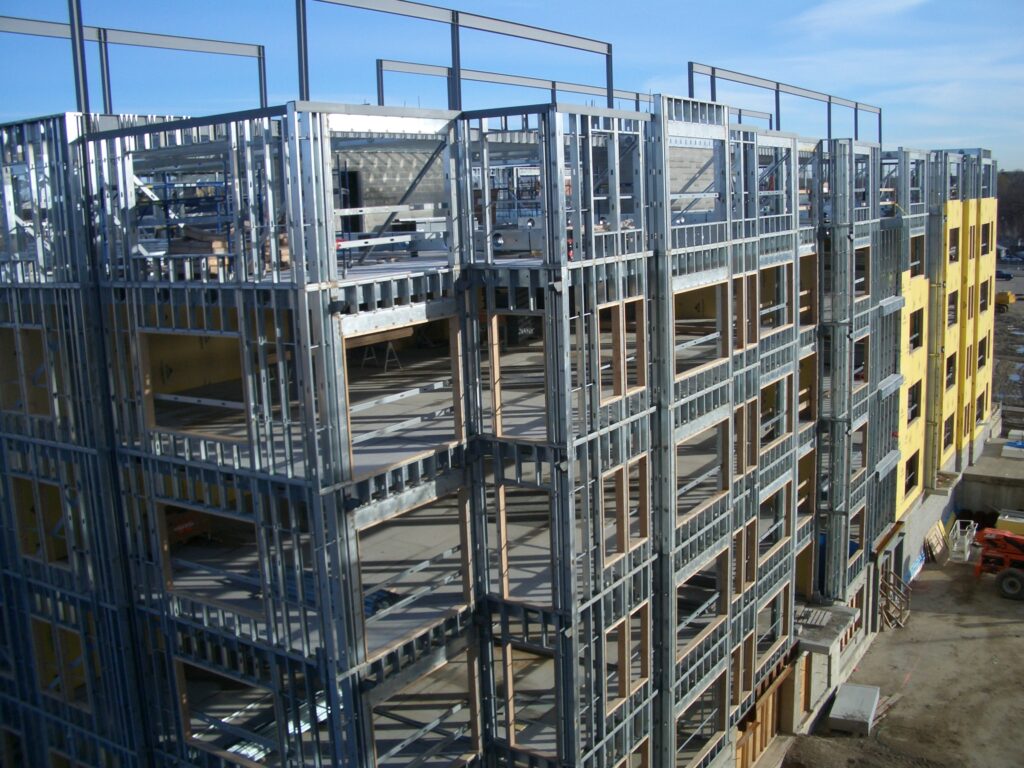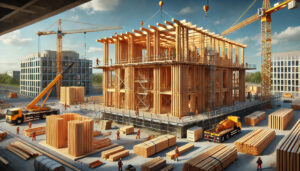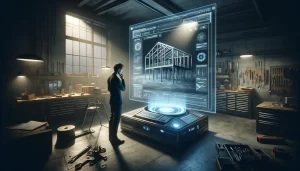The Role of Sustainable Steel
Introduction
In the dynamic world of construction, the push towards sustainability has transformed traditional practices, placing a premium on materials that offer both environmental benefits and exceptional performance. Among these, sustainable steel has emerged as a linchpin in the development of green buildings, heralding a new era where durability meets eco-friendliness. This article offers an in-depth examination of sustainable steel’s contribution to modern construction, emphasizing its pivotal role in fostering a more sustainable future.
The Emergence of Sustainable Steel
Sustainable steel production marks a significant leap towards reducing the construction industry’s environmental footprint. This section explores the processes and policies that have shaped sustainable steel into a cornerstone of eco-conscious construction.
Steel’s Sustainability Credentials
- Reduced Carbon Footprint: Innovations in steelmaking have focused on lowering CO2 emissions, with methods like Electric Arc Furnace (EAF) technology leading the charge by utilizing recycled materials.
- Energy Efficiency: Modern steel plants have adopted energy-saving technologies, drastically cutting energy consumption per ton of steel produced, further cementing steel’s role in sustainable construction practices.
The Advantages of Sustainable Steel
Sustainable steel brings to the table unmatched benefits that extend beyond its structural capabilities, offering long-term environmental and economic advantages.
Durability and Recycling
Steel’s lifecycle is virtually infinite, with the ability to recycle steel without loss of quality. This recyclability reduces the need for new raw materials, decreases waste, and embodies the principles of a circular economy.
Architectural Flexibility
The strength of steel supports innovative architectural designs, enabling larger spans and creative forms that would be impossible with less robust materials. This flexibility allows architects to push the boundaries of sustainability in building design, integrating natural light and ventilation to reduce energy use.
Innovations in Steel Production
Technological advancements in steel production have not only made steel more sustainable but also expanded its applications in construction.
Eco-friendly Manufacturing
- Electric Arc Furnace (EAF) Technology: Dominated by recycled content, EAF is a cornerstone of sustainable steel production, significantly reducing the environmental impact compared to traditional blast furnaces.
- Carbon Capture and Storage (CCS): Emerging technologies aiming to capture CO2 emissions from steel production are setting the stage for even greener manufacturing processes.
Sustainable Steel in Green Building Trends
Sustainable steel is integral to the green building movement, with its use contributing to higher sustainability ratings and certifications.
LEED and BREEAM Certification
Buildings incorporating sustainable steel can achieve higher points in LEED and BREEAM systems, directly influencing their environmental, sustainability, and energy performance ratings.
Case Studies: Pioneering Projects with Sustainable Steel
To illustrate the real-world impact of sustainable steel, we explore several landmark projects that have utilized this material to achieve both structural excellence and environmental sustainability.
- The Edge, Amsterdam: Featuring a state-of-the-art design that maximizes energy efficiency, The Edge utilizes sustainable steel in its framework, contributing to its status as one of the greenest buildings globally.
- One World Trade Center, New York: This iconic skyscraper employs recycled steel in its construction, showcasing sustainable steel’s role in projects of significant scale and symbolic importance.
The Future of Sustainable Steel in Construction
As the industry evolves, so too do the prospects for sustainable steel, with ongoing research and development promising even greater advances in eco-friendly construction materials.
Innovations on the Horizon
- Low-carbon Steel Production: Efforts to develop steel with minimal carbon emissions are underway, promising a future where steel production aligns with global sustainability targets.
- Integration with Renewable Energy: The use of renewable energy sources in steel production is set to increase, further reducing the carbon footprint of this essential material.
Collaborative Efforts and Policy Support
The widespread adoption of sustainable steel requires concerted efforts from all stakeholders, including policymakers, industry leaders, and consumers. Policies incentivizing the use of sustainable materials and supporting research into green production methods are vital for accelerating this transition.
Conclusion
Sustainable steel stands at the forefront of the construction industry’s journey towards environmental stewardship and innovation. Through its recyclability, durability, and reduced carbon footprint, sustainable steel not only meets the demands of modern construction but also embodies the principles of sustainability. As we look to the future, the role of sustainable steel in construction is poised for even greater expansion, driven by technological advancements and a collective commitment to building a greener world. By embracing sustainable steel, the construction industry takes a significant step forward in reducing its environmental impact, paving the way for a future where sustainable building practices are not just preferred but essential.





